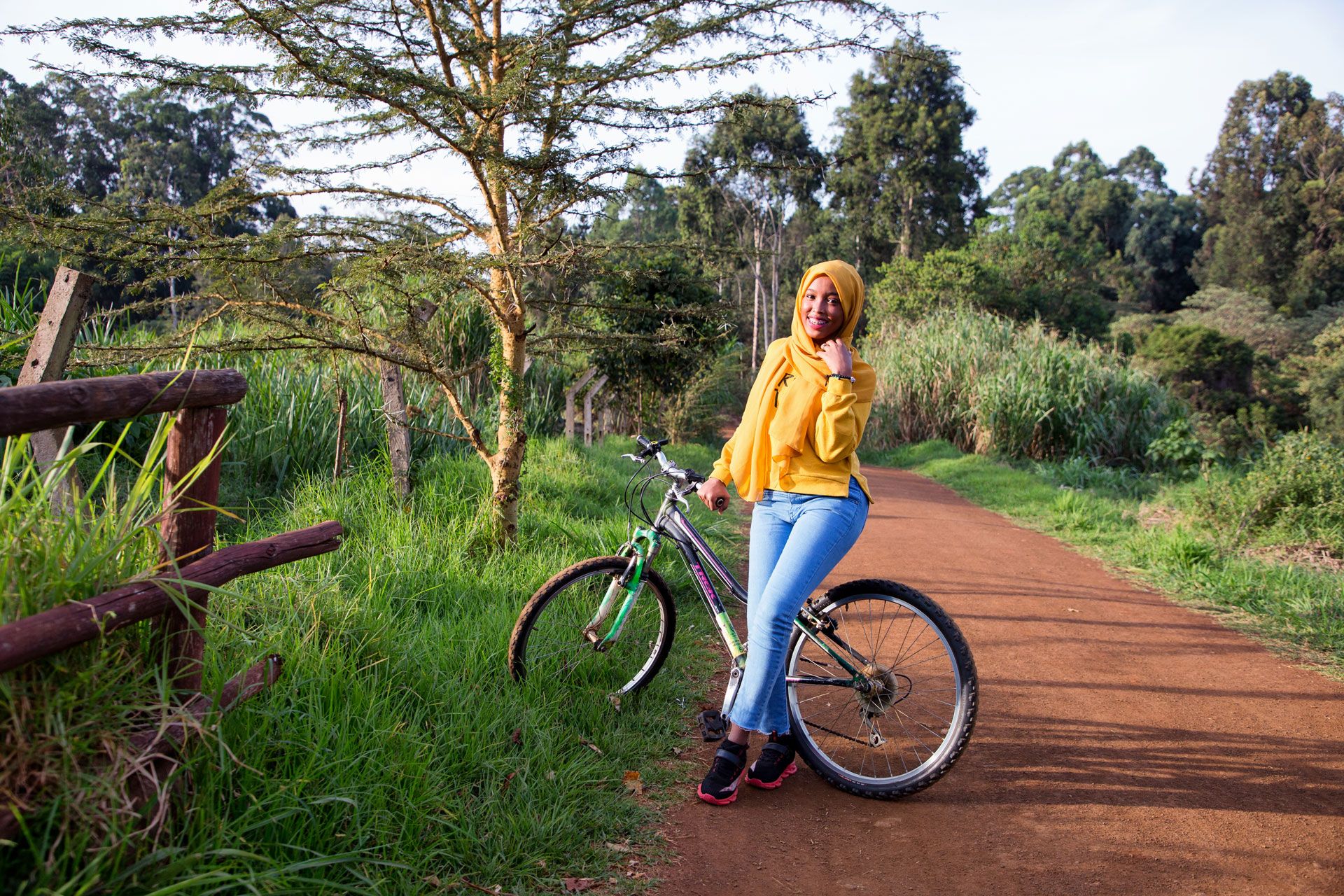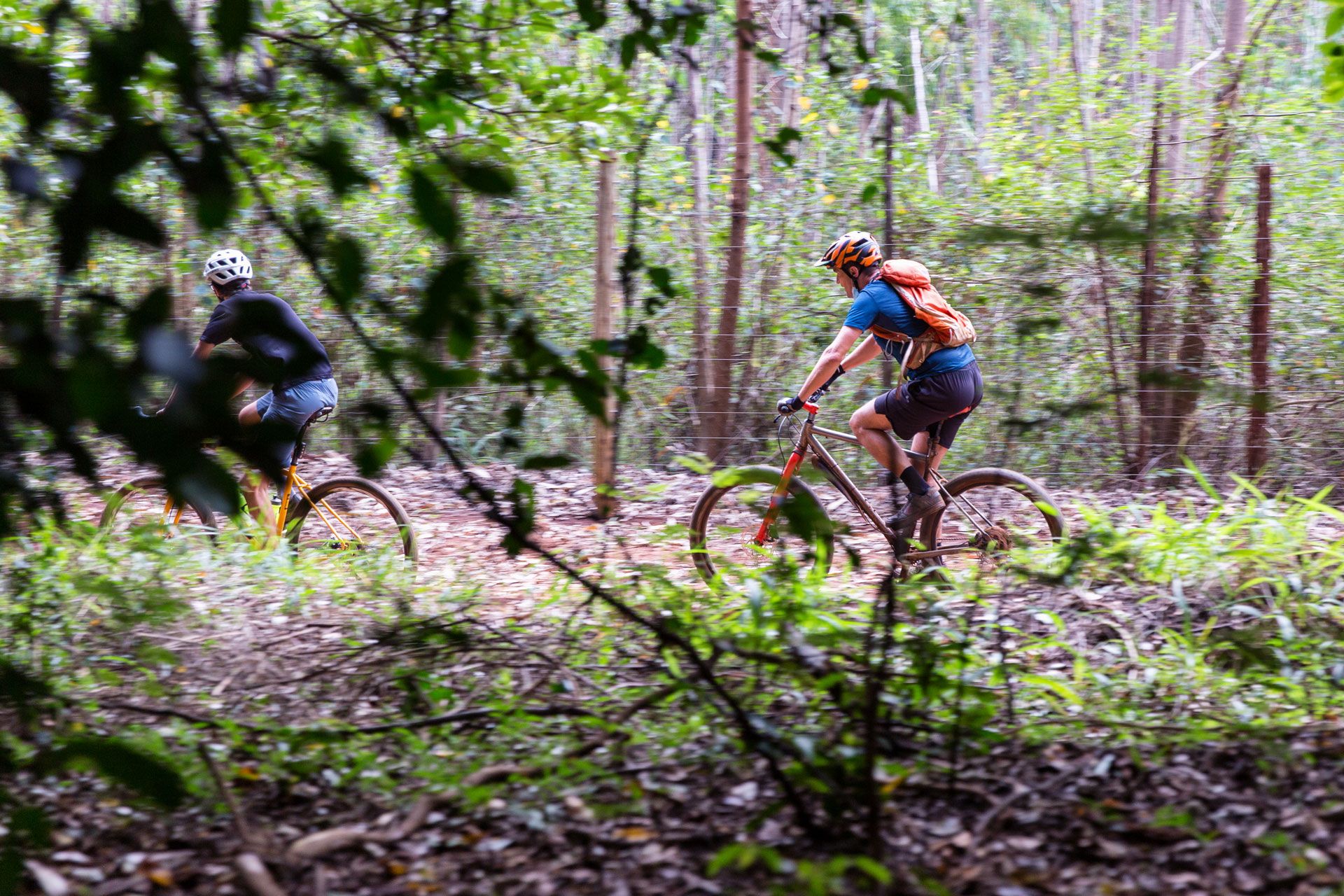
Bike Tours & Walking Safaris: Unique Ways to Explore Kenya
6 min readDiscover Kenya beyond the safari vehicle - on foot and two wheels
When most people think of exploring Kenya, images of crowded safari vehicles and distant wildlife viewing come to mind. But what if you could experience this incredible country in a more intimate, immersive way? Enter bike tours and walking safaris - two extraordinary approaches that bring you closer to Kenya's landscapes, wildlife, and communities than ever before.
Bike Tours & Walking Safaris
- Why Choose Alternative Safari Experiences?
- Cycling Through Kenya's Diverse Landscapes
- The Rift Valley Circuit
- Highland Adventures in Central Kenya
- Coastal Exploration
- Walking Safaris: Africa on Foot
- The Laikipia Plateau
- Conservancy Walks in the Maasai Mara
- Forest Walking in Kakamega
- Planning Your Adventure
- Best Times to Go
- What to Expect
- Choosing the Right Operator
- The Cultural Connection
- Conservation Impact
- Making the Most of Your Adventure
- A Different Kind of Safari
- Frequently Asked Questions About Kenya Adventure Tours
Why Choose Alternative Safari Experiences?
Traditional game drives certainly have their place, but bike tours and walking safaris offer something different entirely. You'll move at nature's pace, hearing the subtle sounds of the bush, feeling the terrain beneath your feet or wheels, and experiencing wildlife encounters that feel authentic rather than staged. These activities also provide meaningful opportunities to connect with local communities and support sustainable tourism initiatives.
Cycling Through Kenya's Diverse Landscapes
The Rift Valley Circuit
Picture yourself pedaling along the dramatic escarpment of the Great Rift Valley, with flamingo-dotted lakes stretching into the distance. The Rift Valley offers some of Kenya's most spectacular cycling routes, from the shores of Lake Naivasha to the volcanic landscapes around Hell's Gate National Park. The relatively flat terrain around the lakes makes this region perfect for cyclists of all skill levels.
Hell's Gate National Park stands out as one of the few Kenyan parks where cycling is permitted among wildlife. You might find yourself sharing the path with zebras, gazelles, and the occasional giraffe - an experience that's both thrilling and surprisingly peaceful.

Highland Adventures in Central Kenya
The rolling hills around Mount Kenya provide challenging terrain for more experienced cyclists, with rewards that include stunning mountain vistas, traditional Kikuyu villages, and encounters with highland wildlife. The cool climate at higher elevations offers a refreshing contrast to the heat of lower regions.
Local communities in this area have embraced cycling tourism, offering homestays and cultural experiences that provide authentic insights into rural Kenyan life. You'll cycle past terraced farms, coffee plantations, and forest edges where colobus monkeys play in the canopy above.
Coastal Exploration
Kenya's Indian Ocean coastline offers an entirely different cycling experience. Palm-fringed paths wind through Swahili villages where the scent of spices mingles with ocean breezes. The relatively flat coastal terrain makes for leisurely rides, perfect for stopping at local markets, historic ruins, or pristine beaches.
Walking Safaris: Africa on Foot
The Laikipia Plateau
Northern Kenya's Laikipia region has become synonymous with exceptional walking safaris. This semi-arid landscape, dotted with acacia trees and seasonal rivers, provides the perfect backdrop for guided walks that can last anywhere from a few hours to several days.
Walking here means tracking elephants by their footprints, learning to identify animal calls, and understanding the intricate relationships between predators and prey. Your Maasai or Samburu guides don't just show you animals - they share generations of accumulated knowledge about reading the land, weather patterns, and animal behavior.
Conservancy Walks in the Maasai Mara
While the main Maasai Mara Reserve restricts walking, the surrounding conservancies offer incredible opportunities to explore on foot. These community-owned lands provide more exclusive experiences and direct benefits to local Maasai communities.
Early morning walks might reveal lion tracks from the night before, while afternoon explorations focus on smaller creatures often missed during game drives - colorful beetles, medicinal plants, and the intricate architecture of termite mounds.
Forest Walking in Kakamega
Western Kenya's Kakamega Forest represents the easternmost extension of the Congo Basin rainforest. Walking through this ancient ecosystem feels like stepping into another world, with over 400 bird species calling from the canopy and rare primates rustling through the undergrowth.
The forest walks here combine wildlife viewing with cultural experiences, as local guides share traditional uses for forest plants and stories passed down through generations.

Planning Your Adventure
Best Times to Go
The dry seasons (January-March and July-October) typically offer the best conditions for both cycling and walking safaris. During these periods, roads and trails are more accessible, and wildlife congregates around water sources, making encounters more predictable.
However, the green season (April-June and November-December) has its own appeal, with fewer crowds, lush landscapes, and dramatic skies that create incredible photographic opportunities.
What to Expect
Both bike tours and walking safaris require higher fitness levels than traditional game drives. Most operators offer different difficulty levels, from gentle rides suitable for families to challenging multi-day expeditions for serious adventurers.
Safety is paramount in both activities. All walking safaris include armed guides familiar with wildlife behavior, while cycling tours provide support vehicles and safety equipment. Comprehensive briefings ensure you understand the protocols for wildlife encounters.
Choosing the Right Operator
Look for operators with strong conservation credentials and community partnerships. The best companies employ local guides, contribute to conservation efforts, and ensure that tourism benefits reach local communities directly.
Reputable operators provide all necessary equipment, including quality mountain bikes, safety gear, and camping equipment for multi-day adventures. They also maintain comprehensive insurance coverage and follow strict safety protocols.
The Cultural Connection
Both bike tours and walking safaris excel at creating opportunities for authentic cultural exchange. Unlike drive-by encounters, these slower-paced activities allow time for meaningful conversations with local people.
You might share tea with a Maasai family, learn traditional plant uses from a forest guide, or participate in village activities. These interactions often become the most memorable aspects of the journey, providing insights into Kenyan life that extend far beyond wildlife encounters.
Conservation Impact
These alternative safari styles often have lower environmental impacts than traditional vehicle-based tourism. They generate less noise pollution, create minimal erosion, and consume no fossil fuels (in the case of walking).
Many operators actively support conservation through their activities, funding anti-poaching efforts, habitat restoration, and community conservation programs. Your adventure becomes part of the solution to Kenya's conservation challenges.
Making the Most of Your Adventure
Come prepared with realistic expectations and an open mind. The magic of bike tours and walking safaris lies not in guaranteed wildlife sightings but in the unexpected discoveries along the way - the medicinal plant that solves a headache, the bird call that signals rain, or the conversation with a village elder that changes your perspective on conservation.
Physical preparation improves the experience significantly. Even moderate fitness training beforehand allows you to focus on the adventure rather than struggling with the physical demands.
A Different Kind of Safari
Kenya's bike tours and walking safaris represent tourism at its best - sustainable, educational, and transformative. They offer the chance to engage with Kenya's natural world and communities in ways that create lasting memories and meaningful connections.
Whether you're cycling through Hell's Gate with zebras as companions or tracking elephants on foot through Laikipia's golden grasslands, these experiences remind us that the best adventures happen when we slow down, step outside our comfort zones, and truly immerse ourselves in the places we visit.
The question isn't whether you'll see the Big Five - it's whether you're ready to experience Kenya in a completely new way. Pack your sense of adventure, lace up those hiking boots or clip into those pedals, and prepare for a safari experience unlike any other.